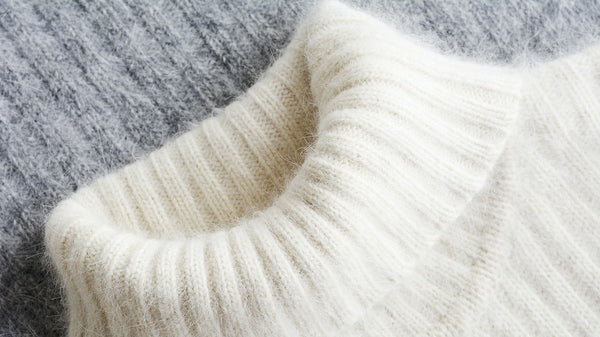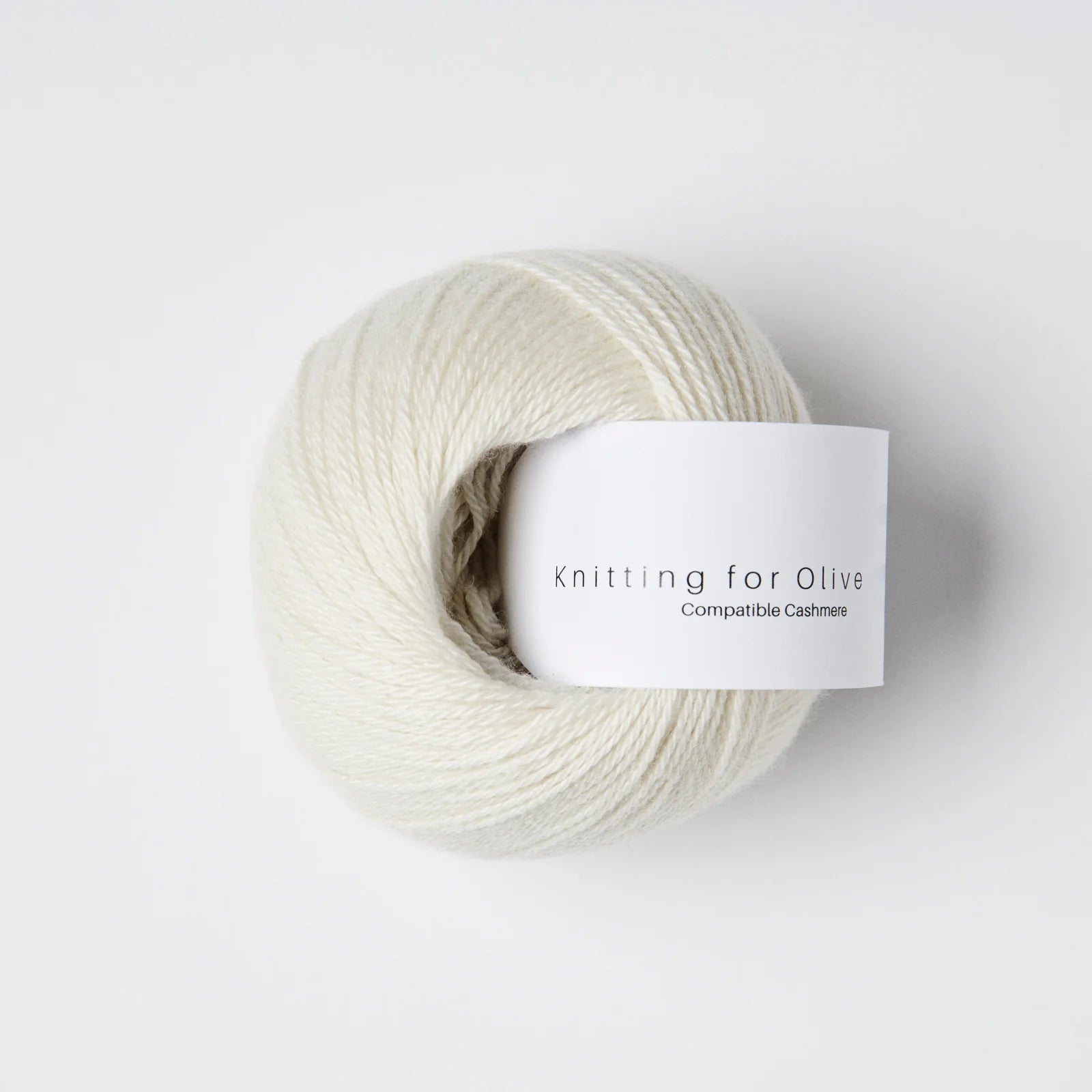What Material Is Cashmere? Understanding Its Distinctive Characteristics and Uses
Discover the Allure of Cashmere an All-natural Fiber: Why It's a Must-Have in Your Wardrobe
The appeal of cashmere, a luxury natural fiber, goes beyond mere visual appeals. Stemming from the Kashmir region, this lightweight yet sturdy product has woven its method right into high-end style due to its distinct homes and versatile allure. From discussing its appealing beginning to understanding its production procedure, quality, and care, it deserves discovering why cashmere holds such an unique place worldwide of fabrics. Discover the class and compound of this fiber as we get started on an exploration of its attraction.

The Origin and Background of Cashmere: A Short Introduction
While lots of may watch cashmere as a basic deluxe, its background is steeped in abundant cultural tradition. Stemming from the Kashmir region in India, cashmere woollen has been generated for thousands of years. The fiber is acquired from the soft undercoat of cashmere goats, harvested throughout their molting season.
Recognizing the Distinct Residences of Cashmere Fiber
Cashmere, renowned for its distinct qualities, stands out in the globe of fabrics. This glamorous fiber is incredibly soft, supplying a comfy and comfortable feeling unlike any kind of other. It is dramatically warmer than wool, making it a suitable choice for wintertime garments. Despite its warmth, cashmere is remarkably light-weight and doesn't include unneeded bulk. This natural fiber is likewise recognized for its sturdiness. While various other materials may use down with time, cashmere retains its high quality, making certain resilient wear. Ultimately, cashmere possesses a distinct visual allure. Its gentle appeal and elegance make it a staple in high-end fashion. Recognizing these properties clarifies why cashmere is not just a high-end, however a rewarding financial investment for any kind of closet.

The Process of Making Cashmere: From Goat to Garment
To value the glamorous properties of cashmere fully, one have to understand its journey from the raw fiber to the completed item. The process begins with the cashmere goats, mainly located in Mongolia, China, and Iran. The soft undercoat of these goats, harvested throughout their all-natural molting period in spring, gives the raw product. This fragile fiber is after that thoroughly divided from the coarser external hair in a labor-intensive procedure called dehairing. The pure cashmere is then colored, spun into thread, and ultimately weaved or woven right into the sought after garments. Each step is diligently executed to preserve cashmere's significant heat, soft qualities, and sturdiness. This complex procedure causes the production of a truly elegant material.

Decoding the Top Quality and Price: Why Is Cashmere so Expensive?
The high rate tag of cashmere garments typically leaves customers wondering about its reason. The expenditure stems mainly from the tough manufacturing process. is cashmere a natural fiber. Cashmere originates from the great undercoat of the cashmere goat, with each goat producing a mere 150 grams every year. The labor-intensive process of brushing and accumulating the unusual fiber significantly drives up the price. Furthermore, the handling of raw cashmere calls for both time and competence, with the fibers requiring to be carefully sorted, washed, and spun. Furthermore, the scarcity of pure cashmere, combined with its remarkable soft qualities, heat, and durability, justifies its luxury condition and high cost. These elements combined make cashmere a pricy yet highly sought-after commodity worldwide their website of fashion.
Cashmere in vogue: The Convenience and Classic Charm
Regardless of its high cost, the timeless appeal and versatility of cashmere have strengthened its area in the world of fashion. The versatile nature of cashmere permits for its assimilation into both informal and formal outfit, signifying its wide charm. As fads come and go, cashmere stays a continuous, its allure undiminished, continuing to motivate and shape the style industry's landscape.
Taking Care Of Your Cashmere: Maintenance and Preservation Tips
Making sure the durability of cashmere garments requires certain care and focus. These treasured properties need to not be thrown into the cleaning maker with regular washing. Rather, hand cleaning with gentle, website here pH-neutral soap in lukewarm water is recommended. After cleaning, they ought to not be wrung out. Rather, they should be carefully pushed between towels to take in excess water, after that laid level to completely dry. Routine brushing with a cashmere comb can protect against pilling. Keeping these items in an amazing, dry location, preferably in a breathable bag, can secure them from moths and moisture (is cashmere a natural fiber). A periodic airing outside, far from straight sunlight, can rejuvenate the fibers. With these maintenance and conservation pointers, one can guarantee their cashmere continues to be luxuriously soft and sturdy.
Final Thought
Cashmere, with its unequaled softness and warmth, provides both high-end and durability. Discover the attraction of cashmere and elevate your about his fashion collection.
